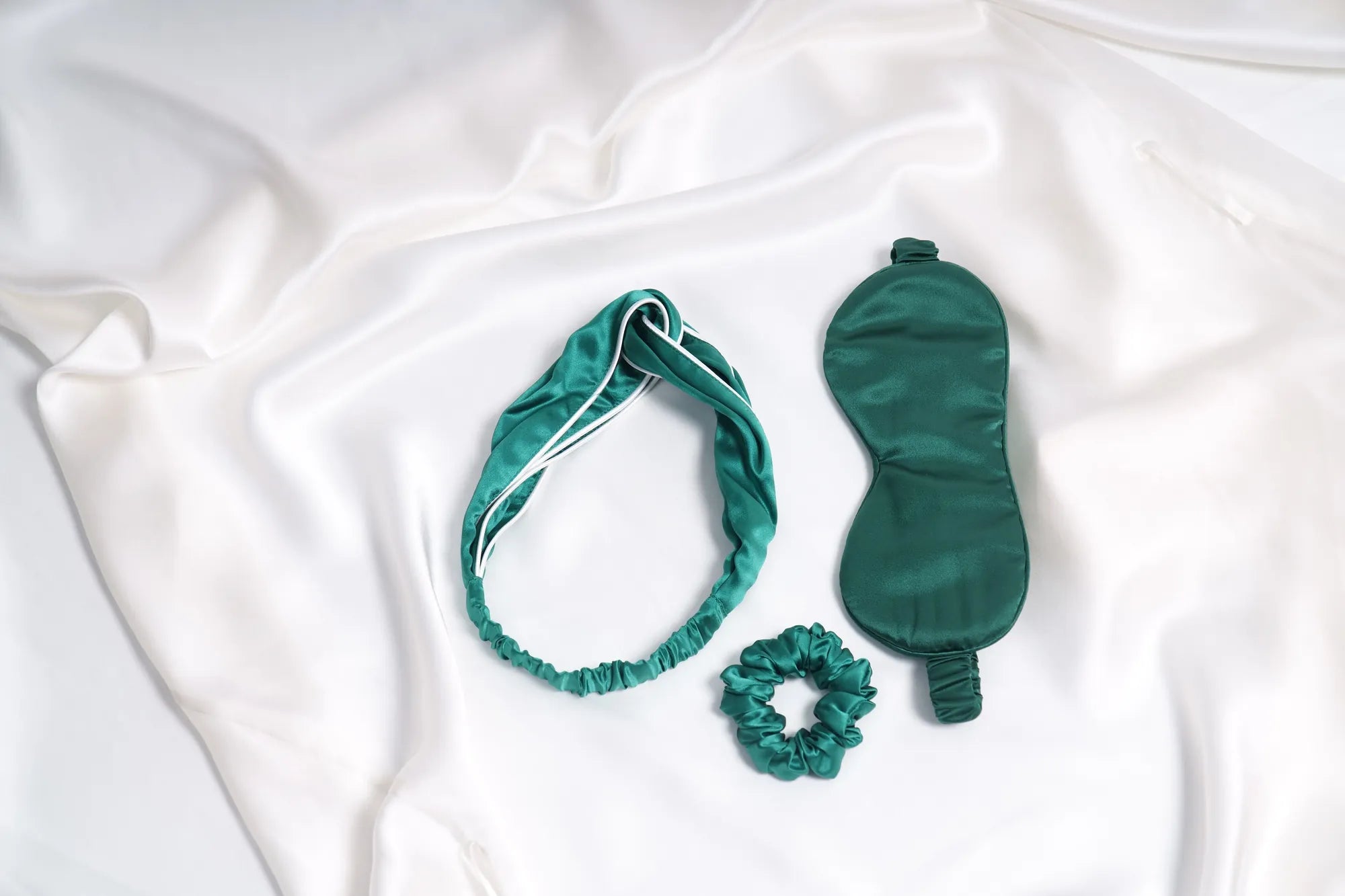Which Is Better: Silk or Satin Pillowcase? The Ultimate Guide to Luxurious Sleep
- by wangfred
-

When it comes to elevating your sleep experience, few choices spark as much debate as selecting between silk and satin pillowcases. Both promise smoother hair, fewer wrinkles, and a touch of luxury—but which one truly delivers? Let’s dive into the details to help you decide.
Understanding the Basics: What Are Silk and Satin?
Before comparing silk and satin pillowcases, it’s essential to understand their fundamental differences. Silk is a natural protein fiber produced by silkworms, renowned for its softness, sheen, and historical association with luxury. Satin, on the other hand, refers to a type of weave rather than a material. Satin can be made from synthetic fibers like polyester, nylon, or even silk, creating a glossy surface that mimics the appearance of silk.
Key Characteristics of Silk
- Natural Material: Silk is derived from silkworm cocoons, making it biodegradable and eco-friendly.
- Breathability: Its porous structure regulates temperature, keeping you cool in summer and warm in winter.
- Hypoallergenic: Resistant to dust mites and mold, silk is ideal for sensitive skin.
Key Characteristics of Satin
- Versatile Fabric: Satin can be crafted from synthetic or natural fibers, offering flexibility in texture and price.
- Smooth Texture: The satin weave creates a lustrous surface that reduces friction against hair and skin.
- Affordability: Synthetic satin is often more budget-friendly than pure silk.
Skin and Hair Benefits: Which Fabric Reigns Supreme?
Both silk and satin pillowcases are praised for their beauty-enhancing properties, but their impacts vary depending on your priorities.
Silk’s Advantages for Skin
Silk’s natural proteins and smooth surface minimize friction, reducing sleep creases and irritation. Its moisture-wicking properties help maintain skin hydration, making it a favorite for those with acne-prone or dry skin. Additionally, silk’s breathability prevents pore-clogging sweat buildup overnight.
Satin’s Impact on Hair Health
Satin’s slippery surface reduces tugging and frizz, particularly for curly or textured hair. While synthetic satin lacks silk’s natural benefits, its friction-reducing qualities can still protect hair from breakage and split ends. However, it may trap heat, which could affect those with fine or oily hair.
Durability and Care: How Do They Compare?
Longevity and maintenance are critical factors in choosing between silk and satin.
Silk’s Delicate Nature
Silk requires gentle handwashing or machine cycles with cold water and mild detergent. Avoid direct sunlight when drying, as it can weaken fibers. With proper care, high-quality silk pillowcases can last years, but they are prone to snags and discoloration if mishandled.
Satin’s Low-Maintenance Appeal
Satin, especially synthetic variants, is generally machine-washable and more resistant to wrinkles and stains. However, cheaper satin may pill over time or lose its sheen after repeated washing. Silk-blend satin offers a middle ground, combining durability with some natural benefits.
Cost Considerations: Is Silk Worth the Investment?
Silk pillowcases are typically more expensive due to the labor-intensive production process. Prices vary based on silk grade (e.g., mulberry silk is the gold standard). Satin, particularly polyester-based options, is far more affordable but may lack the longevity and eco-friendliness of silk.
Budget-Friendly Alternatives
If silk is out of reach, satin made from bamboo or silk blends can offer a compromise. These materials balance cost with some of the desired benefits, though they may not fully replicate silk’s luxurious feel.
Ethical and Environmental Impact
Silk production involves harvesting silkworm cocoons, which raises ethical concerns for vegans or eco-conscious buyers. Peace silk, which allows moths to emerge before processing, is a cruelty-free alternative. Synthetic satin, while vegan, relies on petroleum-based materials and contributes to microplastic pollution.
Sustainability Tips
- Opt for OEKO-TEX-certified silk to ensure ethical production standards.
- Choose recycled polyester satin to reduce environmental footprint.
The Final Verdict: Which Should You Choose?
Your decision hinges on personal priorities. If you value natural materials, hypoallergenic properties, and long-term investment, silk is the clear winner. For those seeking an affordable, low-maintenance option that still protects hair and skin, satin is a practical choice. Consider blending both into your linen rotation for varied benefits.
Ready to transform your sleep routine? Whether you lean toward the timeless elegance of silk or the accessible charm of satin, upgrading your pillowcase is a small change with big rewards. Your hair and skin will thank you—and who knows, you might just dream a little sweeter.












